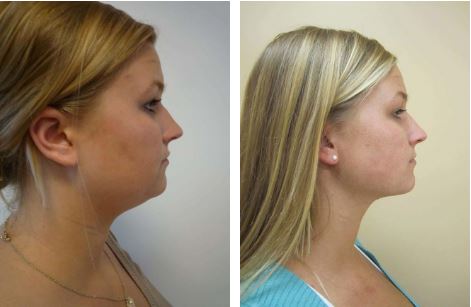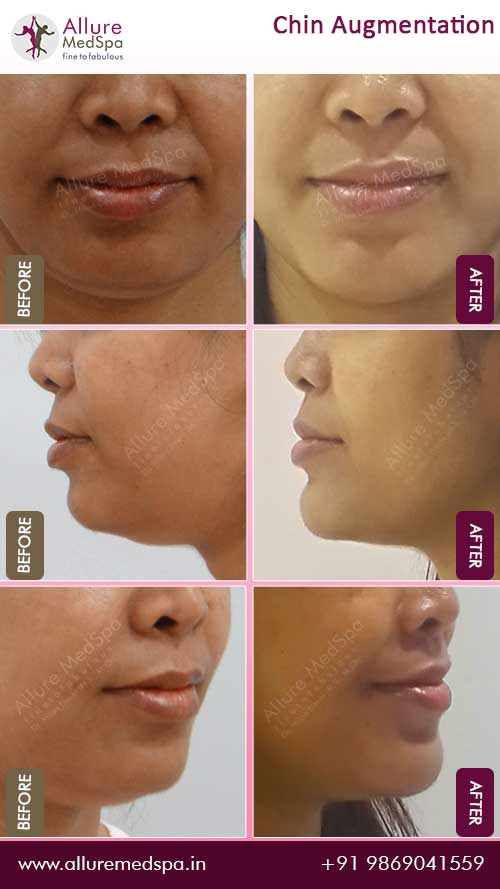
There are many ways to treat nasal septum perforation. This article will discuss non-surgical options, surgical options, and side effects. We will also discuss whether you should use antihistamines and whether to have surgery. A home treatment can be a great option if you want to avoid more invasive procedures. Consult a doctor to determine the best method for you.
Non-surgical treatments
It's possible that you have noticed a hole or void in your nasal septum. Some patients have no symptoms while others experience bleeding or scabbing. These symptoms may indicate that non-surgical treatments are the best options for you. Below are some of the common treatment options for nasal septum piercing.

Options for Surgical Treatment
The only option for this problem is surgery. These options aren’t the best because they could cause bleeding or infection. Another surgery may be required if the perforation reopens. If you are looking for a home treatment option, talk to your doctor. These are the pros & cons of each surgical option.
Side effects of surgery
A person might experience a variety of symptoms if their nasal septum is perforated. This is the most common. However, large holes can lead to blood loss and crusting. Other conditions include chronic infections. Perforated septums can cause bleeding and crusting, which can lead to problems with breathing.
Antihistamines
This condition is not treatable with antihistamines. Side effects of antihistamines can cause inflammation and irritation. Antihistamines may cause dryness, irritation, sore throat, and even whistling.

Steroid sprays
Two main types of treatment are available for nasal septum puncture: topical ointments and surgical treatment. Both can treat symptoms, while the former can be used to fix the problem permanently. Before starting any treatment, discuss your options and consult your doctor. Nasal ointments may be used to regulate and maintain nasal moisture. These ointments may contain ingredients that can cause harm to the body.